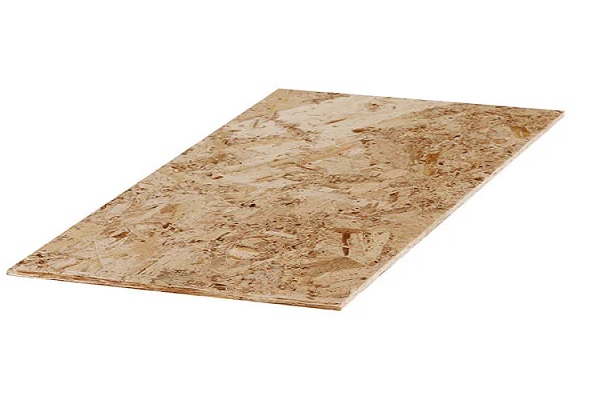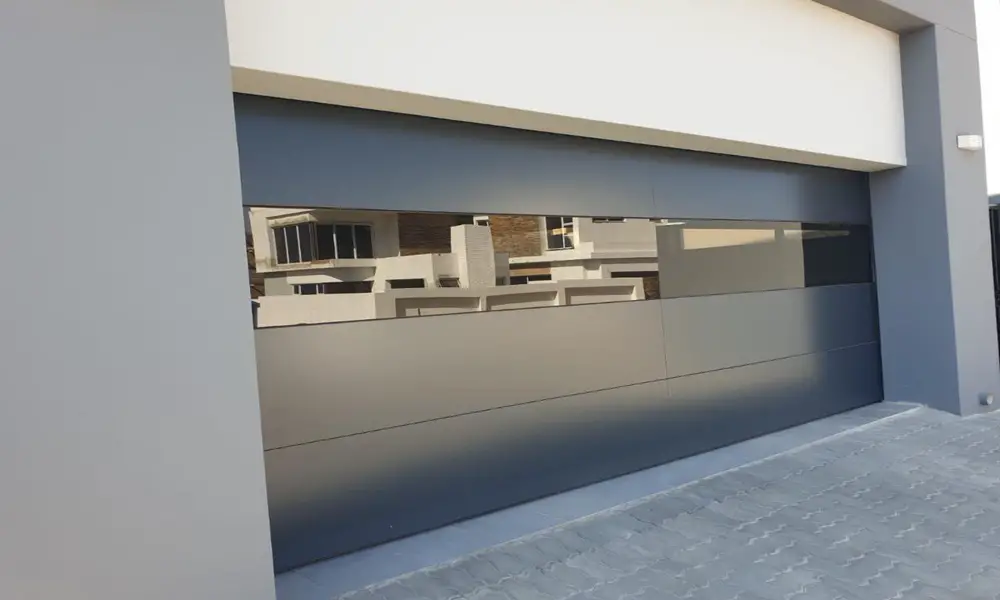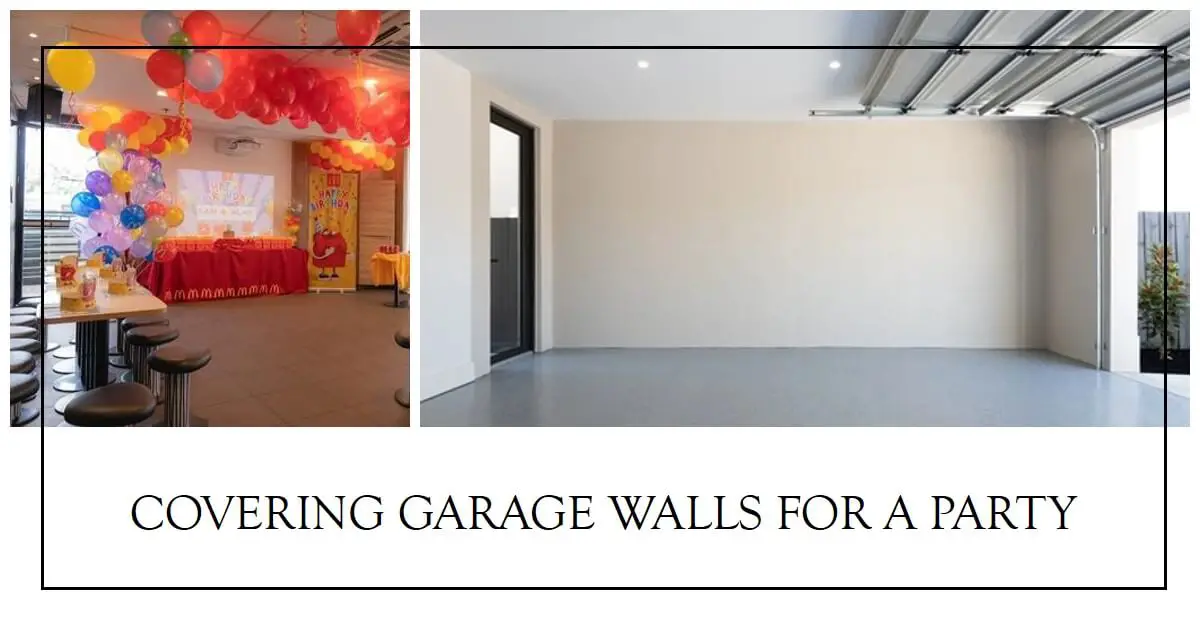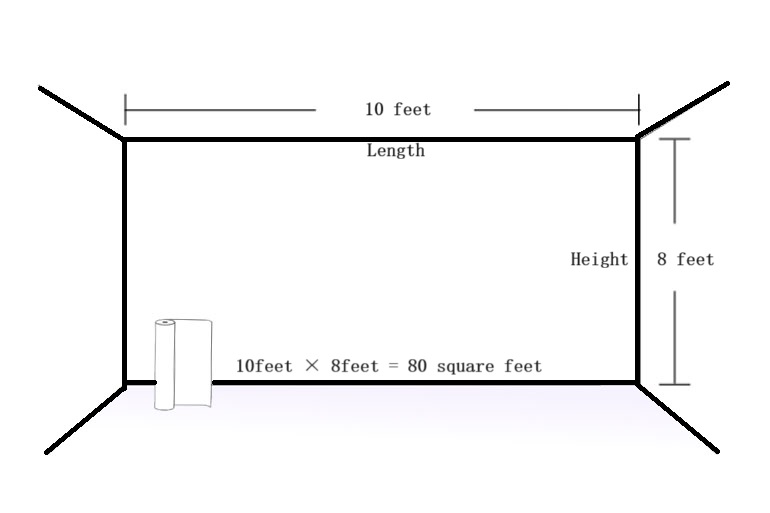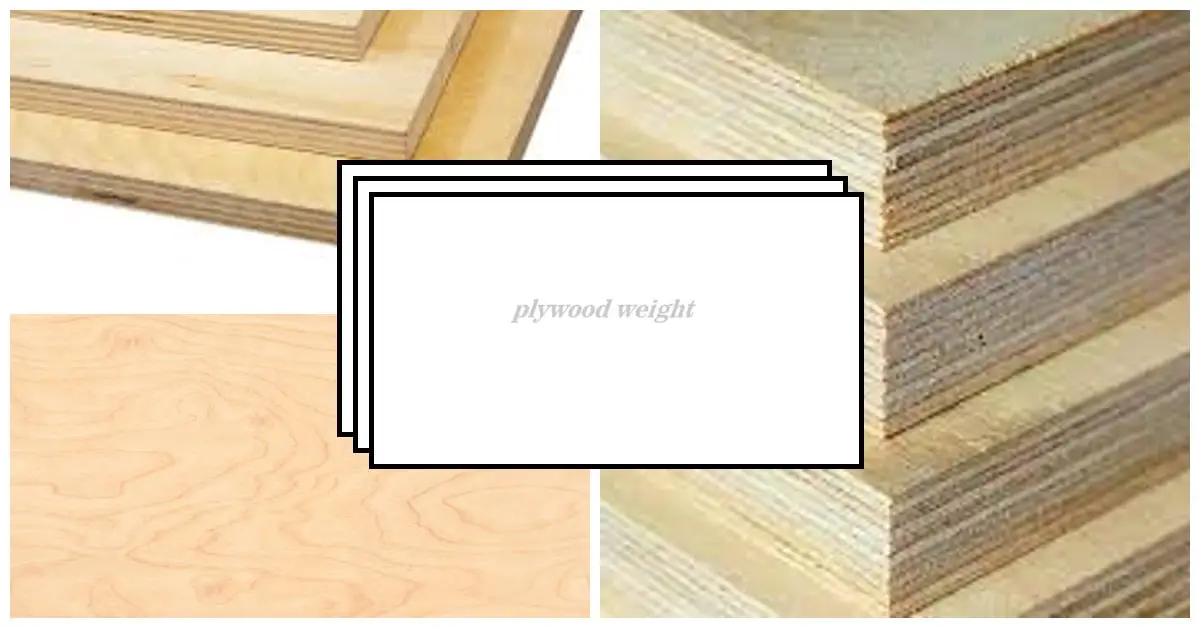How to Waterproof Drywall in Garage
Drywall, also known as gypsum board or plasterboard, is a common material used for interior walls and ceilings in residential […]
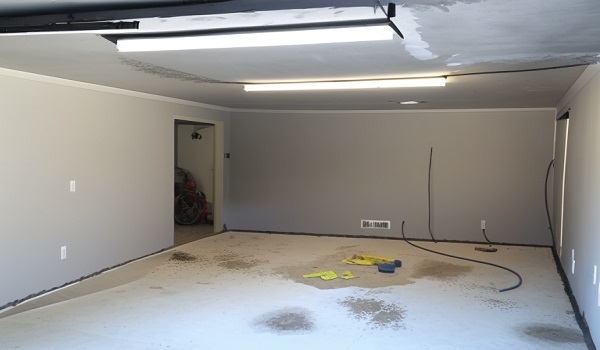
Drywall, also known as gypsum board or plasterboard, is a common material used for interior walls and ceilings in residential and commercial buildings.
While it’s excellent at providing a smooth and paintable surface, drywall is not naturally resistant to moisture.
This vulnerability to dampness, condensation, leaks, and water damage can lead to several problems, including mold growth, mildew, rot, and even structural damage.
To ensure the safety and longevity of your garage, it’s essential to learn how to waterproof drywall effectively.
Methods of Waterproofing Drywall in a Garage

When it comes to waterproofing drywall in garage, there are several methods you can employ, each with its advantages and disadvantages. Let’s explore these methods in detail:
1. Tanking Slurry
Tanking slurry is a waterproofing solution that forms a waterproof barrier on the surface of drywall. It is particularly effective in preventing water from seeping through the walls. To apply tanking slurry, follow these steps:
- Clean the drywall surface thoroughly, removing any dust, dirt, or loose particles.
- Mix the tanking slurry according to the manufacturer’s instructions.
- Apply a coat of tanking slurry using a brush or roller, ensuring even coverage.
- Allow it to dry completely before applying a second coat for added protection.
Tanking slurry provides excellent protection against water damage and is a popular choice for garage walls.
2. Waterproofing Membrane
Waterproofing membranes are another effective method for safeguarding drywall from moisture. These membranes are usually made of materials like rubber or bitumen and can be applied as sheets or rolls. Here’s how to use them:
- Clean the drywall surface as with tanking slurry.
- Cut the waterproofing membrane to the appropriate size.
- Adhere the membrane to the drywall, ensuring a tight seal at the seams and corners.
- Overlap the membrane sheets for added protection.
Waterproofing membranes are a durable option that provides a reliable barrier against leaks and dampness.
3. Sealant
Waterproof sealants are a more accessible option for those looking to protect their garage drywall. These sealants come in liquid form and can be easily applied with a paintbrush or roller. Follow these steps to apply a sealant:
- Clean the drywall surface thoroughly.
- Apply the waterproof sealant in even, overlapping strokes, ensuring full coverage.
- Allow it to dry completely before applying a second coat if necessary.
Sealants are a cost-effective method for waterproofing drywall but may require more maintenance over time.
4. Paint
Waterproof paint is another way to protect your garage drywall from moisture. It combines the benefits of both paint and waterproofing, providing an aesthetic finish while also preventing water damage. To use waterproof paint:
- Clean the drywall surface as usual.
- Apply the waterproof paint with a paintbrush or roller, following the manufacturer’s instructions.
- Allow it to dry completely before applying a second coat if needed.
Waterproof paint is an excellent option for garage walls as it offers protection against both dampness and mold.
Read Also: How to Finish Bottom of Drywall in Garage
Tips for Waterproofing Drywall in a Garage
- Inspect for Existing Damage: Before starting any waterproofing project, carefully inspect your garage drywall for existing damage. Address any structural issues or leaks before applying waterproofing solutions.
- Proper Ventilation: Ensure your garage has proper ventilation to reduce condensation and humidity levels, which can contribute to moisture problems.
- Regular Maintenance: Regardless of the method you choose, regular maintenance is key to ensuring long-lasting protection. Check for signs of wear and tear and reapply or touch up the waterproofing materials as needed.
How to Choose the Best Method for Waterproofing Your Garage Drywall
Choosing the right method for waterproofing your garage drywall depends on various factors, including your budget, the severity of the moisture issue, and your long-term maintenance preferences.
Tanking slurry and waterproofing membranes offer the highest level of protection but may be costlier and more labor-intensive.
Sealants and waterproof paint are more accessible options but may require periodic reapplication.
Ultimately, the best method is the one that provides you with the peace of mind that your garage drywall is safeguarded against dampness, condensation, leaks, water damage, mold, mildew, rot, and structural damage.
Consider your specific needs and consult with a professional if you’re unsure which method to choose.
Conclusion
In conclusion, learning how to waterproof drywall in a garage is crucial for maintaining the integrity of your space.
By addressing issues related to dampness, condensation, leaks, water damage, mold, mildew, rot, and structural damage, you can enjoy a safe and long-lasting garage environment.
Choose the method that suits your needs and budget, and follow proper maintenance practices to ensure lasting protection for your garage drywall.
Protect your garage today by implementing these effective waterproofing techniques and enjoy peace of mind knowing your investment is secure.
